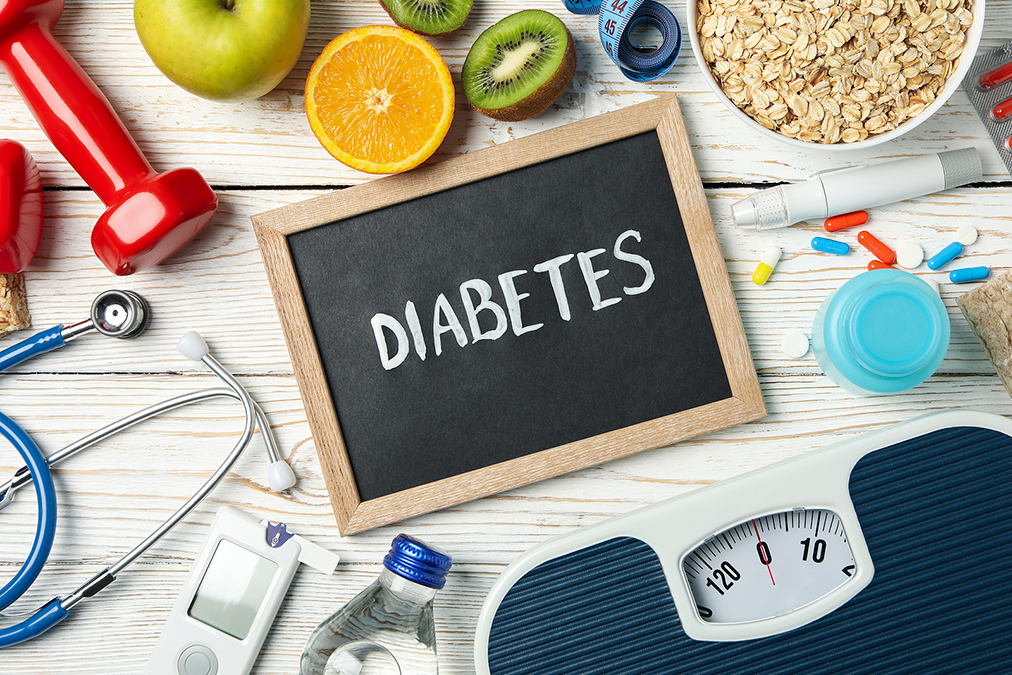 When making decisions about our health, we sometimes need to choose between two evils. Should we, for example, take medication that causes side effects or risk not treating a disease that could potentially kill us?
When making decisions about our health, we sometimes need to choose between two evils. Should we, for example, take medication that causes side effects or risk not treating a disease that could potentially kill us?
Natural remedies usually provide the best of both worlds (if we don’t mind putting in a little work and effort).
But a new study in the journal Diabetologia presents us with one of those catch-22 choices when trying to naturally heal type 2 diabetes.
Researchers from the Chinese University of Hong Kong and Utrecht University have noticed that approximately 91% of people around the world live in areas where air pollutant levels exceed those deemed healthy by the World Health Organization. This presents a dilemma for those who need to exercise outdoors to prevent or treat diabetes, as studies have shown that air pollution contributes to the negative effects of diabetes.
The researchers selected 156,314 non-diabetic Taiwanese adults who had joined a large longitudinal study between 2001 and 2016. They were given frequent medical examinations to identify medical conditions like diabetes.
The average level of particulate matter with a size of 2.5 micrometers and smaller (PM2.5) was estimated for each participant’s address using aerosol optical depth data from the Moderate Resolution Imaging Spectroradiometer installed in NASA satellites. PM2.5 is a combination of all the chemicals that together constitute air pollution.
They also asked their participants to complete a questionnaire to obtain information about their levels of physical exercise and a whole range of other demographic and lifestyle details.
With all this information at hand, they could compare the effects of exercise and pollution on diabetes.
Compared with people who were highly physically active, those who were only moderately physically active had a 31% greater chance of developing diabetes, and those who were physically inactive had a 56% greater chance. This shows how important a high level of physical activity is in preventing diabetes.
Compared with those exposed to low PM2.5, those exposed to moderate and high levels were respectively 31 and 94% more likely to develop diabetes.
In fact, together low physical activity and high PM2.5 exposure were such powerful predictors of diabetes that they increased the participants’ risk for diabetes by 64% compared with highly active participants exposed to low PM2.5.
However, they also found that people who were highly physically active benefited from exercise regardless of whether they lived in a high or a low PM2.5 exposure area.
Surprisingly, air pollution seemed almost irrelevant for highly active people, as they all benefited equally from exercise regardless of exposure to pollutants.

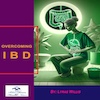 Overcoming IBD
Overcoming IBD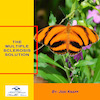 Multiple Sclerosis
Multiple Sclerosis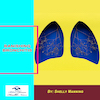 Banishing Bronchitis
Banishing Bronchitis Gum Disease Gone
Gum Disease Gone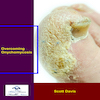 Overcoming Onychomycosis
Overcoming Onychomycosis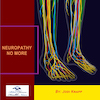 Neuropathy No More
Neuropathy No More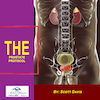 The Prostate Protocol
The Prostate Protocol Brain Booster
Brain Booster
 Ironbound
Ironbound
 Solution for Shingles
Solution for Shingles
 The Bone Density Solution
The Bone Density Solution
 The Ultimate Healing Protocol
The Ultimate Healing Protocol
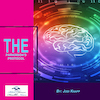 The Parkinson's Protocol
The Parkinson's Protocol
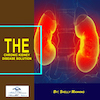 The Chronic Kidney Disease Solution
The Chronic Kidney Disease Solution
 Overthrowing Anxiety
Overthrowing Anxiety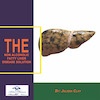 The Fatty Liver Solution
The Fatty Liver Solution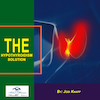 The Hypothyroidism Solution
The Hypothyroidism Solution
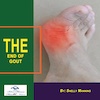 The End of Gout
The End of Gout The Blood Pressure Program
The Blood Pressure Program
 The Oxigized Cholesterol Strategy
The Oxigized Cholesterol Strategy
 Stop Snoring And Sleep Apnea Program
Stop Snoring And Sleep Apnea Program
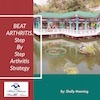 The Arthritis Strategy
The Arthritis Strategy The Vertigo & Dizziness Program
The Vertigo & Dizziness Program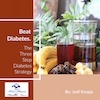 The 3-Step Diabetes Strategy
The 3-Step Diabetes Strategy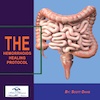 Hemorrhoids Healing Protocol
Hemorrhoids Healing Protocol The Erectile Dysfunction Master
The Erectile Dysfunction Master Weight Loss Breeze
Weight Loss Breeze The IBS Program
The IBS Program The Insomnia Program
The Insomnia Program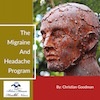 The Migraine and Headache Program
The Migraine and Headache Program The Neck Pain Solution
The Neck Pain Solution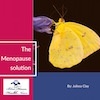 The Menopause Solution
The Menopause Solution The Ejaculation Master
The Ejaculation Master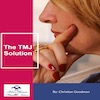 The TMJ Solution
The TMJ Solution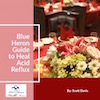 The Acid Reflux Solution
The Acid Reflux Solution The Fibromyalgia Solution
The Fibromyalgia Solution The Psoriasis Strategy
The Psoriasis Strategy